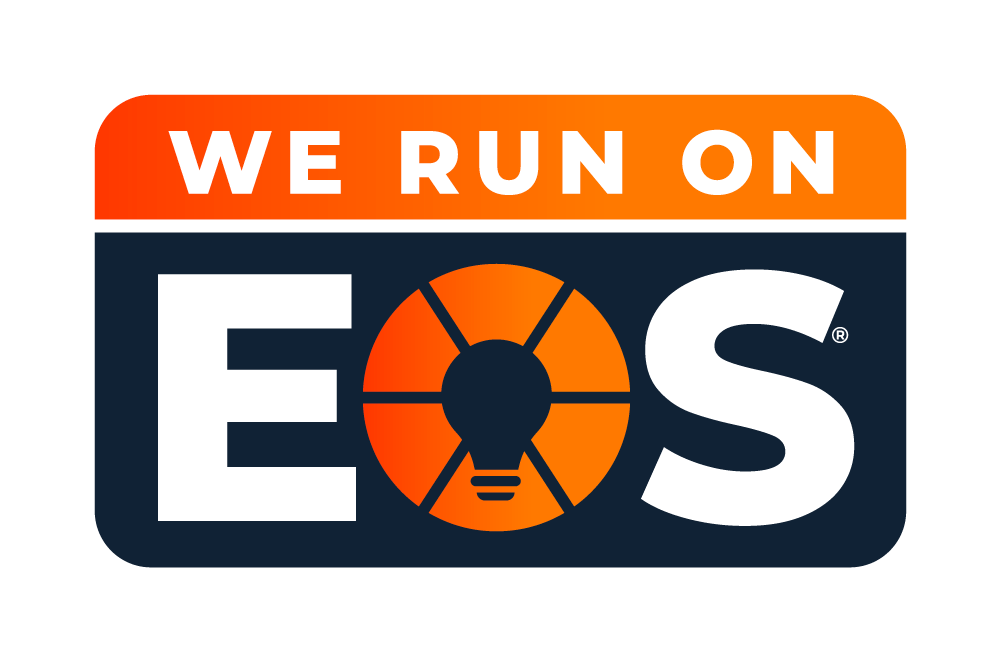Many organizations struggle to articulate the value of their organization. Others have too many versions of their brand’s purpose and value. And some don’t have an answer at all.
Now, more than ever, your desired audience demands a simple and consistent brand experience. Your ideal buyer or ideal member rewards the brands that do just that.
Successful brands all have a simple and clear value proposition, which includes the following elements:
- Your specific ideal audience
- Your stated product or service
- How your product or service is unique and different from your competitors
- How your product or service fills a specific need for your ideal audience
This foundation acts as a guide for all of your brand communications, internally and externally. It is the core of your organization that informs everything from your strategic plan to your marketing activities.
Most importantly, finding your value proposition is a group effort! Working together creates clarity in your purpose and achieves buy-in from your team to own the results and live the brand.
Simple and consistent brand experiences build credibility and trust. It creates loyal and life-long fans who keep investing in your services and recommend your organization to others. These brands continue to grow! They create better and better products and services. All while, they grow their cash and retain not just their clients but their team because they create a desirable place to work.
Video Transcript
Justin: Talk about value proposition. It’s two to three sentences, but it’s powerful and explain to anyone watching this the value that exercise brings out for organizations.
Cheri: We use a template, and it is one of those old-timey kinds of fill-in-the-blank templates for value proposition. But it includes what we do, who we are, who we do it for, that ideal audience and what our differentiators are.
We will also walk through a competitive analysis. We talk through that. How are we different? What do we bring to the table? But also, how is it different from other people that are like us, other businesses or organizations that are like ours? And really draw out and define that differentiator. All of those things together speak to the essential value. Even if those two words, those two essential value words, aren’t in the value prop, they’re represented there.
Justin: They help bring up what the essential value is.
Cheri: Absolutely. What it is, it’s something that helps align your teams internally to get everybody on board to help that communication start from the inside out. And that consistency starts from the inside out. So it’s important in that way. Sometimes we do pull out key messaging that is external-facing from that value proposition as well. So it can serve a lot of purposes.
Justin: This drives everything we do on a brand, expression level, and brand communication level. And it’s one of the best onboarding tools for new staff members, new board members, anyone you’re bringing into the organization because, in three sentences, they can understand who this organization is and, what we do, and for whom and how we stand out, how are we different?
Cheri: So there’s a lot of meat in those couple of sentences, even if they’re long run-on sentences. The other thing to know about the value proposition is that it’s not always something you’re going to carve in wood and put up on a plaque in the lobby of your office.
Justin: And I have to add it’s an internal document only. So when Cheri is talking about it, it doesn’t have to be grammatically correct. It could be a long run-on sentence. If it says it and it hits the Mark, then we leave it. But again, it’s an internal document. This is not outward facing. it’s a lot of work. And this is where the word smithing gets a little hard and the tension comes in because we’re spending a lot of time on what does the word mean to this organization? And that’s important.
Cheri: Some of the things that I also think about in terms of value proposition, are there a few checkpoints that we use? Some of those checkpoints relate back to your business strategy or your strategic plan. We just worked with a client that those things were overlapping a little bit, and we had to walk through them.
Really, what are the differences? How do they integrate, and how do they support each other? Your brand strategy really is created to support your strategic plan. So your value proposition. One of the checkpoints for that is, does it speak to our vision and mission for the company and for the organization? So we’re looking back into that. And those are how they start to integrate and overlap a little bit, even though they’re separate documents, they support each other.



